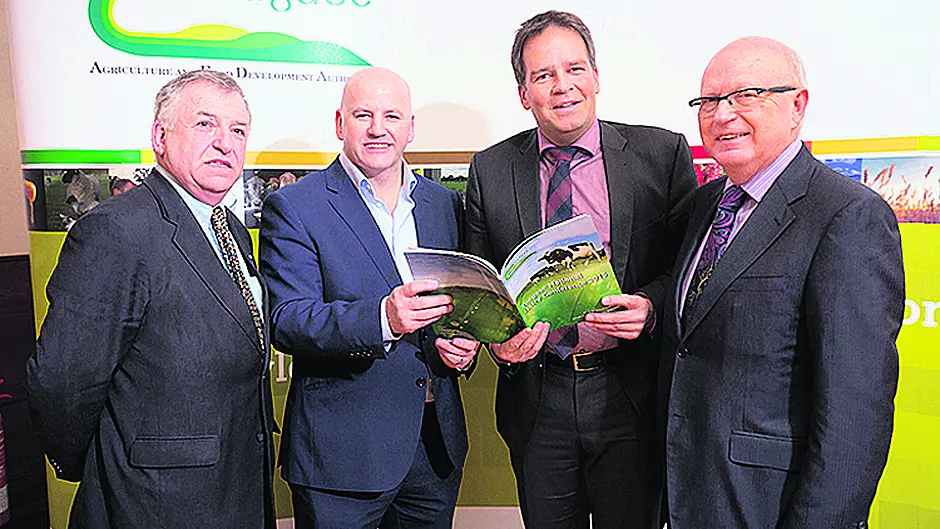The first half of 2016 will be a critical period for Irish dairy farmers as a global market turnaround may take longer than expected.
THE first half of 2016 will be a critical period for Irish dairy farmers as a global market turnaround may take longer than expected.
That was the message from Mark Voorbergen, independent dairy consultant, who was speaking at the Teagasc National Dairy Conference in Kilkenny, this week.
He suggested that there were few indications that the three main market developments causing the current surplus situation – strong EU milk supply and weak imports by China and Russia – were likely to turn around in the short term. He did however re-assure dairy farmers that the long-term outlook is positive especially for dairy farmers in favourable production circumstances for milk and with access to the global market.
Dr Noel Cawley, chairman of the Teagasc Authority, said that it’s difficult to forecast the outlook for dairy markets, but the question is whether the Chinese and Russian markets perform before the peak milk production period in Ireland in 2016. He said that the returns to farmers during the peak in 2015 were reasonably good, but the challenge will be to maintain the 2015 average price through the peak next year.
Sean Gallagher, entrepreneur and business writer, talked about his experiences with small and medium sized businesses and how principles applied here are relevant to dairy farmers. He said: ‘Farming is a business and you need to be prepared to invest in yourself to improve as a businessperson.
You need to adapt to change and embrace technology to drive change.’ He stressed the importance of having a strategy for your farm business. Tom O’Dwyer, head of Dairy Knowledge Transfer in Teagasc, highlighted the need for different thinking and a change in farm practices by dairy farmers in order to perform in the new operating environment. ‘Larger herd sizes, increased levels of employed labour, greater borrowings and price volatility are just some of the changes which farmers are dealing with, and will have to deal with in the coming years.
‘Now more than ever, farmers must focus on research-based technologies which will allow them to improve their farm business performance, while remaining profitable and sustainable.’
Messages from workshops
This year’s Teagasc National Dairy Conference featured a series of workshops in addition to the usual keynote presentations. Some of the messages that emergied from the workshops included:
Although it costs money to correct soil fertility deficits, the returns in terms of grass production can be considerable, which can increase livestock carrying capacity and provision of winter feed.
There are a number of management strategies which can be used by farmers to reduce labour demand during the busy February and March period, including evening feeding of silage to near-calving cows, once-a-day milking for three to six weeks after calving, once-a-day calf milk feeding and early turnout of calves.
Optimum farm stocking rate is greatly influenced by annual grass production over the whole farm and increasing stocking rate beyond this optimum results in a significant rise in feed and fixed costs.Planning for 2016 starts with a cash flow budget now. Planning in time will allow you to make positive choices to improve cash flow next year.







